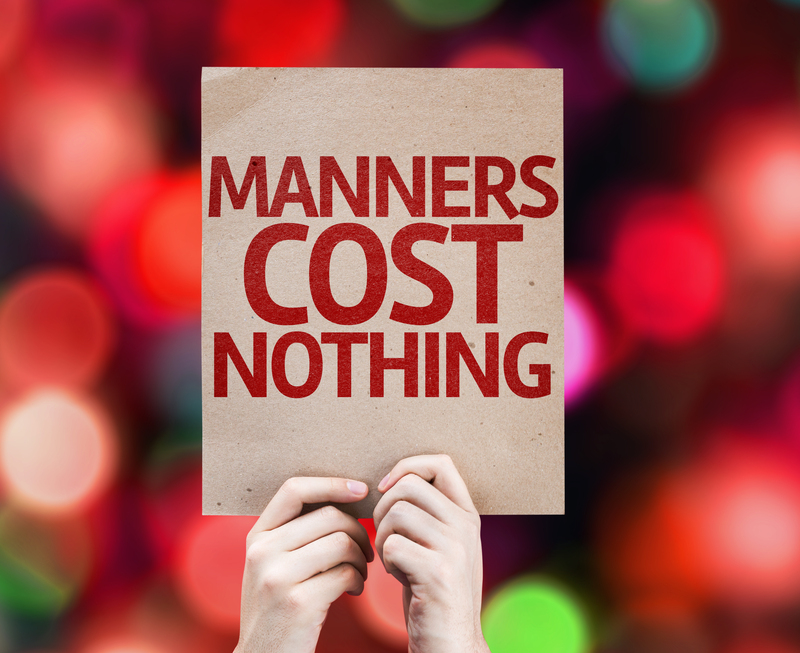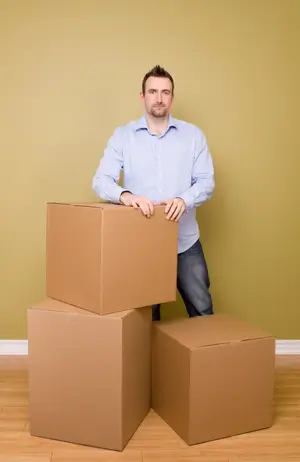How to Move Your Bed and Mattress Without Breaking a Sweat
Moving your bed and mattress can seem like a daunting task. Whether you're relocating to a new home, rearranging your room, or delivering a mattress to someone else, knowing how to move your bed and mattress efficiently can save time, effort, and even protect your valuable sleep components from damage. In this comprehensive guide, we'll walk you through stress-free ways to transport your bed and mattress--even if you've never tackled this job before!
Why Moving Your Bed and Mattress the Right Way Matters
Most people underestimate the importance of proper mattress and bed moving techniques. Beds and mattresses are more delicate than they appear; they can be heavy, bulky, and vulnerable to damage if handled incorrectly. By planning ahead and using the right methods, you can:
- Prevent injuries to yourself and others
- Protect your mattress from tears, dirt, or sagging
- Avoid scratching floors or walls
- Save time and effort on moving day
Let's dive into the step-by-step process on how to move your mattress and bed frame without breaking a sweat.

Pre-Move Preparation: What to Do Before Moving Your Bed and Mattress
Gather Necessary Supplies
Before you begin, make sure you have the right equipment. The correct moving tools can make the process easier and keep your bed and mattress in top condition.
- Mattress bag or cover: To shield your mattress from dust and damage.
- Moving straps or rope: For easier lifting and maneuvering.
- Furniture sliders: To glide your bed across floors without scratches.
- Tool kit: For disassembling bed frames (screwdrivers, Allen wrenches).
- Bubble wrap or blankets: To protect fragile bed parts or headboards.
- Plastic bags and labels: To store and mark screws and small hardware.
- Hand truck or dolly: Especially useful for heavier mattresses.
- Help from a friend: Some beds and mattresses require two people to move safely.
Clear Your Pathway
An often overlooked step is to prepare your route. Map out the path you'll take from the bedroom to the moving vehicle or the next location. Remove rugs, clutter, and obstacles that could trip you up or scratch your mattress.
Step 1: Disassemble the Bed Frame
Most bed frames are too large or cumbersome to move in one piece. Disassembling your bed frame makes it easier and safer to transport.
How to Dismantle Your Bed Frame Safely
- Strip the Bedding: Remove all sheets, pillows, and blankets. Wash and pack them separately.
- Remove the Mattress and Box Spring: Place your mattress in its protective bag or cover.
- Disassemble the Bed Frame: Use the correct tools to unscrew headboards, footboards, and side rails. Take note of how each piece fits together. Tip: Take photos with your phone as you go for reference during reassembly.
- Store Hardware: Place all screws, bolts, and washers in a plastic bag. Label the bag and attach it to one of the frame pieces with tape or string.
- Wrap Wooden or Upholstered Pieces: Use bubble wrap or blankets to prevent scratches or dents during the move.
Pro Tip: If you have a platform bed or an adjustable base, refer to your manufacturer's instructions, as these may have special requirements for safe transport.
Step 2: Prepare the Mattress for the Move
Mattresses can pick up dirt, moisture, and even bedbugs if not protected properly. Using a mattress bag or encasement is a must for any move.
How to Cover and Secure Your Mattress
- Lift and Slide: With help, lift one side of the mattress and slide the bag underneath.
- Encase and Seal: Pull the cover over the mattress fully, ensuring all corners are tucked in and zipped (or taped) shut.
- Check for Tears: Make sure there are no holes or open seams; otherwise, patch them before moving.
- Secure the Bag: Use moving tape, but never apply it directly to the mattress surface.
Mattress covers aren't just for keeping your mattress clean--they also provide a gripping surface, making it easier to carry and maneuver during the move.
Step 3: Lifting and Moving the Mattress
Mattresses, especially memory foam and king-size mattresses, can be heavy or awkward. Follow these safety tips to protect your back and the mattress:
- Never lift alone--ask for help to prevent injuries
- Bend at your knees, not your waist
- Hold the mattress vertically, especially in tight hallways or stairwells
- Use moving straps to improve your grip
- Use a dolly for queen-size or larger mattresses
How to Move a Mattress Through Doorways and Stairs
Tip: Turn the mattress on its side and angle it through narrow doorways. For stairs, keep the mattress vertical and move cautiously to avoid scrapes and falls. If your mattress is extremely heavy or thick, consider folding it (if manufacturer guidelines allow) and securing with straps or rope.
Step 4: Maneuvering the Bed Frame
After disassembling, bed frames are much easier to move. Still, watch out for sharp corners and heavy components. Slide large pieces on furniture sliders or wrap them in blankets to prevent damage to floors and walls.
- Team up, especially for headboards or bulky side rails
- Move slowly and communicate with your helper
- Stack pieces carefully in the moving vehicle
Packing Everything Into the Moving Vehicle
Best Practices for Loading Bed and Mattress Into a Truck or Van
- Load the Mattress Last: It's usually the first thing you'll want to remove at the new location.
- Place the mattress upright against the longest wall of the vehicle for better space efficiency and stability.
- Secure with straps or rope to prevent sliding during transit.
- Lay bed frame parts flat, cushioning between pieces with blankets or sheets.
- Avoid placing heavy objects on top of your mattress.
Quick Safety Note: Never strap a mattress to the roof of your car. Not only is this unsafe, but it can also damage the mattress irreparably.
Special Moving Scenarios
Moving a Bed and Mattress in an Apartment
Apartment moves often involve narrow hallways and elevators. Measure your bed frames, headboards, and mattress size against doorways and elevator access before the move. Reserve elevators in advance during busy hours and protect common areas with moving blankets.
Moving a Bed and Mattress Alone
Is it possible? With a twin or lightweight memory foam mattress, you may be able to manage alone using furniture sliders, a dolly, and proper technique. Still, for larger beds, always get help for your safety.
How to Move a Bed and Mattress Up or Down Stairs
The trickiest part is maintaining balance and control. Use one person on each end of the mattress, and move slowly. Don't rush this step!
Setting Up Your Bed and Mattress in the New Space
- Move everything into the room you want to set up
- Reassemble the bed frame first--refer to your disassembly photos and labeled hardware bag
- Double-check all screws and bolts are tight
- Place the mattress and box spring on the frame, checking for stability
- Air out the mattress for an hour before making the bed--this dissipates any moving odors
Caring for Your Mattress Post-Move
Once your mattress is in its new spot, take a few minutes to inspect it for damage such as tears, stains, or compressed areas. If the mattress feels uneven or saggy afterward, try rotating it 180 degrees, which can help restore its shape.
Regularly use a mattress protector--especially after a move--to extend its lifespan and keep it clean.
When to Call the Professionals
If your bed or mattress is extremely heavy, valuable, or awkwardly shaped--such as antique beds, latex mattresses, or adjustable bases--don't risk injury or damage. Professional movers have the tools and experience to transport your bed frame and mattress safely, often offering disassembly and reassembly services.
- Look for moving companies with experience in mattress and bed relocation
- Ask if they provide mattress bags and can maneuver tight stairwells or elevators
- Schedule your move well in advance, especially in busy seasons
Eco-Friendly Tips for Moving Your Bed and Mattress
- Reuse or recycle mattress bags and moving materials after your move
- Donate old mattresses or bed frames if you're replacing them
- Choose moving vans that offer blankets and equipment, reducing single-use packing supplies

Frequently Asked Questions
Can I move a mattress by myself?
Small or foam mattresses may be manageable alone using sliders or a hand truck, but never attempt to move a large or heavy mattress without help. Safety comes first!
How do I keep my mattress clean during moving?
Always use a mattress bag or encasement. Even a thick plastic sheet is better than leaving your mattress exposed. Be sure to seal the bag tightly.
Should I remove drawers from storage beds before moving?
Yes! Remove all drawers and pack them separately. Secure loose items to prevent damage or injury.
How do I move a king-size bed and mattress?
King-size beds require multiple people and extra-large mattress bags. Use moving straps, and measure all hallways and doorways beforehand. Take the bed frame apart into the smallest pieces possible.
Final Thoughts: Move Your Bed and Mattress Like a Pro
Learning how to move your bed and mattress without breaking a sweat comes down to preparation, proper tools, and a little teamwork. By packing strategically, protecting your mattress and bed frame, and following a step-by-step plan, you'll make your next move hassle-free and keep your investment safe.
Take the time to do it right--and you'll enjoy restful sleep in your new home on your well-cared-for bed and mattress.
If you found these tips helpful, share them with anyone about to tackle a mattress move!


